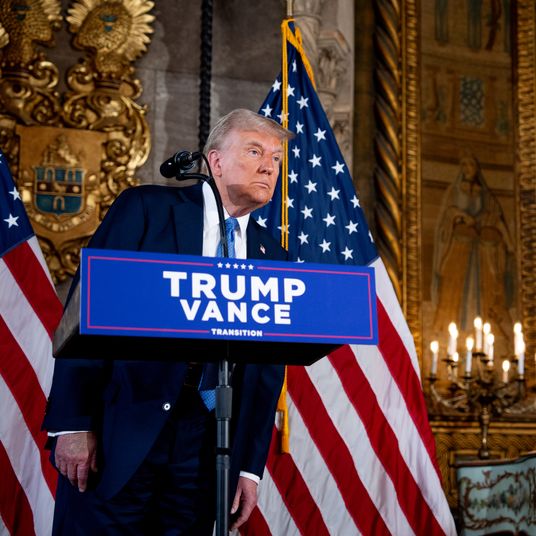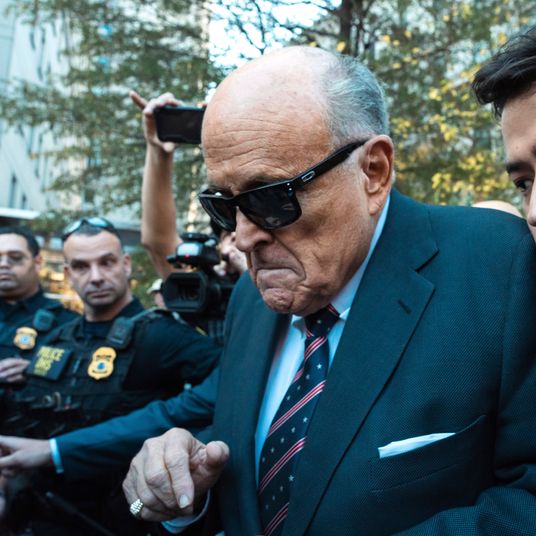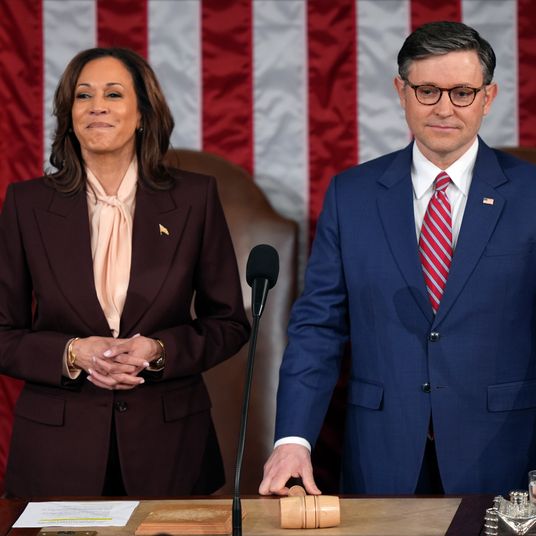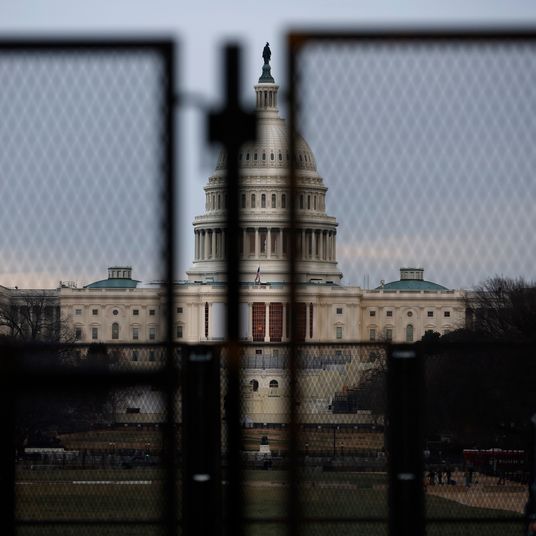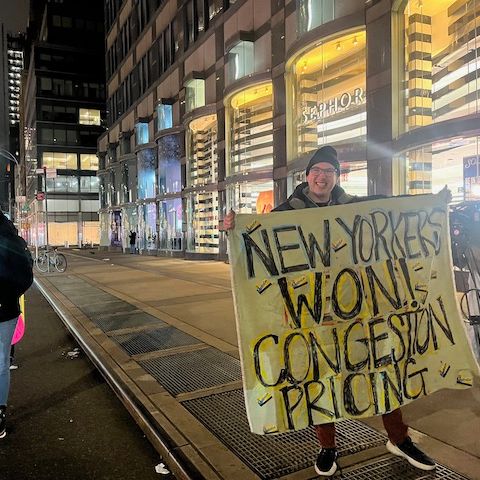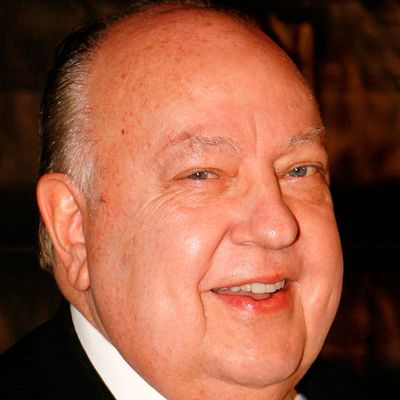
During an interview today on CBS This Morning, I discussed with hosts Charlie Rose and Norah O’Donnell the moment Roger Ailes met Richard Nixon on the set of The Mike Douglas Show in January, 1968. At the time, Ailes was the show’s 27-year-old executive producer, and Nixon was there to be interviewed as he ramped up his presidential campaign. CBS This Morning opened the segment with a clip of Ailes recounting his version of the encounter in an earlier interview with Rose on his PBS show. Ailes said he spoke to Nixon about his campaign because he had booked him on the same day as a belly dancer and, wanting to spare Nixon an awkward encounter, let him wait in his office until the interview started. It is a story he has told in many interviews and speeches. “The guests were Richard Nixon and a dancer called Little Egypt — with her boa constrictor,” he told the New York Times in 2001. “I didn’t wanna scare Nixon and I didn’t wanna scare the snake, so I stuck Nixon in my office for 15 minutes. If I’d put Little Egypt in there, I’d be managing belly dancers right now.”
The story is a masterful bit of myth-making by Roger Ailes that downplays his early ambition to amass political power. He casts himself as a wunderkind producer who by a fluke stumbled into Republican politics. But, according to several of Ailes’s Mike Douglas colleagues who were present, there was no belly dancer named Little Egypt booked that day. Their assertion is backed up by the show’s talent logs, which I viewed. The guests during the Nixon taping, which took place on January 9, were the singer Margaret Whiting, the actress Stella Stevens, the Philadelphia Brass Ensemble, and Tony Sandler’s children. According to the talent log for that week’s shoots, the dance duo John Brascia and Tybee Arfa had been scheduled to come into the studio when Nixon was there, but were bumped back a day. Tybee, as she was known, was certainly exotic. But she never performed under the name Little Egypt. And the snake? “No one has any recollection of Tybee ever dancing with a boa,” recalled John Brascia’s daughter, Christina.
Mike Douglas later told an interviewer it was his idea to have Nixon wait in Ailes’s office, and because Ailes wanted to get into politics, he seized the opportunity to have a private conversation with Nixon. “He wanted so to get into that area,” Douglas told an interviewer. Producer Kenny Johnson was standing in the hallway and saw Ailes enter his office with Nixon and shut the door. The meeting lasted an hour. Afterwards, Johnson saw Ailes emerge shaking his head and flashing a raffish grin. “I may have just shot myself in the foot or gotten myself another job,” Ailes told Johnson. Kenny Johnson recalled to me a conversation he had in Ailes’s office around that time about the power of propaganda. Like Ailes, Johnson loved the theater. He had performed in high school plays and studied directing at Carnegie Tech, where he had become fascinated by the Nazi propaganda films of Leni Riefenstahl, especially Triumph of the Will and Olympia. “I was blown away,” Johnson remembered. “I had an enormous hatred of Hitler, but when I saw Triumph of the Will, you find yourself thinking, ‘Wow, he’s pretty cool — no, wait, I hate these guys.’” Ailes told Johnson that he too was a big fan of Riefenstahl. “He thought her work was brilliant,” Johnson said. They talked about “how she made different versions of the films for different countries not only to aggrandize the Nazis but to throw a bone to the other folks.” Ailes was especially taken by Riefenstahl’s use of camera angles. “There’s so many subtle things you see in propaganda,” Johnson said. “If you put the camera below a subject’s eye height, it’s the ‘hero shot.’ It gives him dominance. We talked about the psychological impact of the placement of the camera.”

















